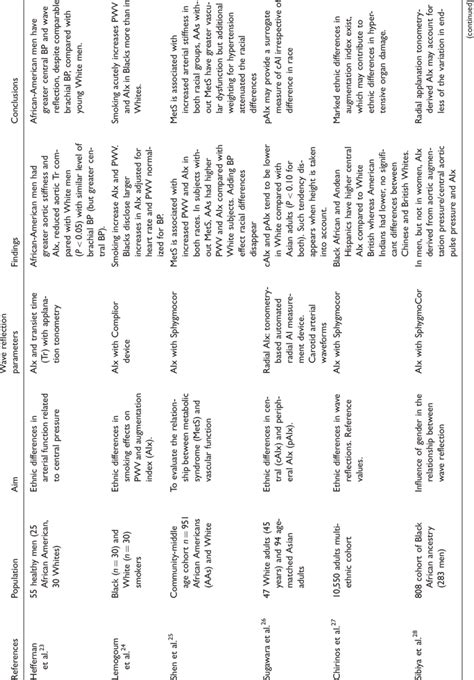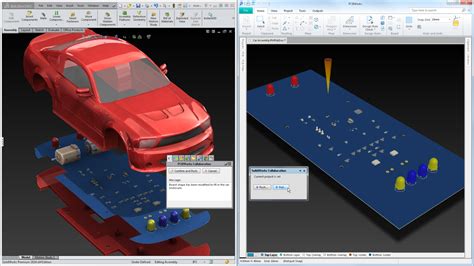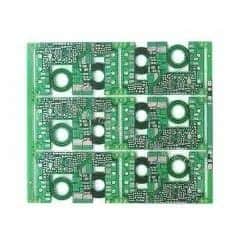
Altium Polygon pour breaks on rigid flex split lines
Understanding Polygon Pour Breaks in Altium Designer When designing Rigid-flex PCBs in Altium Designer, one of the common issues encountered is the breaking of polygon[…]

PCB Thermal Resistance: A Circuit Board’s Ability to Dissipate Heat
What is PCB Thermal Resistance? PCB thermal resistance is a measure of a printed circuit board’s ability to dissipate heat generated by the components mounted[…]

s11 vs return loss vs reflection coefficient when are they same
Introduction to Reflection Parameters In the world of electrical engineering, particularly in the field of radio frequency (RF) and microwave engineering, understanding reflection parameters is[…]

samtec altium streamline your design process altiumlive 2022
The Importance of Streamlining Your Design Process Streamlining your design process is crucial for several reasons: Reduced Time-to-Market: By optimizing your workflow, you can significantly[…]

sap and msap in flexible circuit fabrication
Introduction to Flexible Circuits and SAP/mSAP Flexible circuits, also known as flex circuits or flexible printed circuit boards (PCBs), are a type of electronic circuit[…]

PCB Quality: Everything You Need To Know About PCB Quality
What is PCB Quality? PCB (Printed Circuit Board) quality refers to the overall performance, reliability, and durability of a PCB. It encompasses various aspects, such[…]

Why Use Plated Through Hole Technology in PCB Design?
Introduction to PCB-PTH Technology Printed Circuit Board (PCB) design has evolved significantly over the years, with various technologies being developed to enhance the functionality, reliability,[…]

internal versus external surge protection whats best total pcb protection
Introduction to Surge Protection Surge protection is a crucial aspect of safeguarding electronic devices, including printed circuit boards (PCBs), from sudden spikes in voltage or[…]

sap semi additive pcb process top 5 questions regarding stack
Introduction to SAP-PCB Technology Semi-Additive Process (SAP) PCB, also known as SAP-PCB, is an advanced manufacturing technique for printed circuit boards that offers several advantages[…]

say hello to the first space tow truck news
The Need for a Space Tow Truck As human activity in space continues to increase, so does the amount of debris left behind. According to[…]